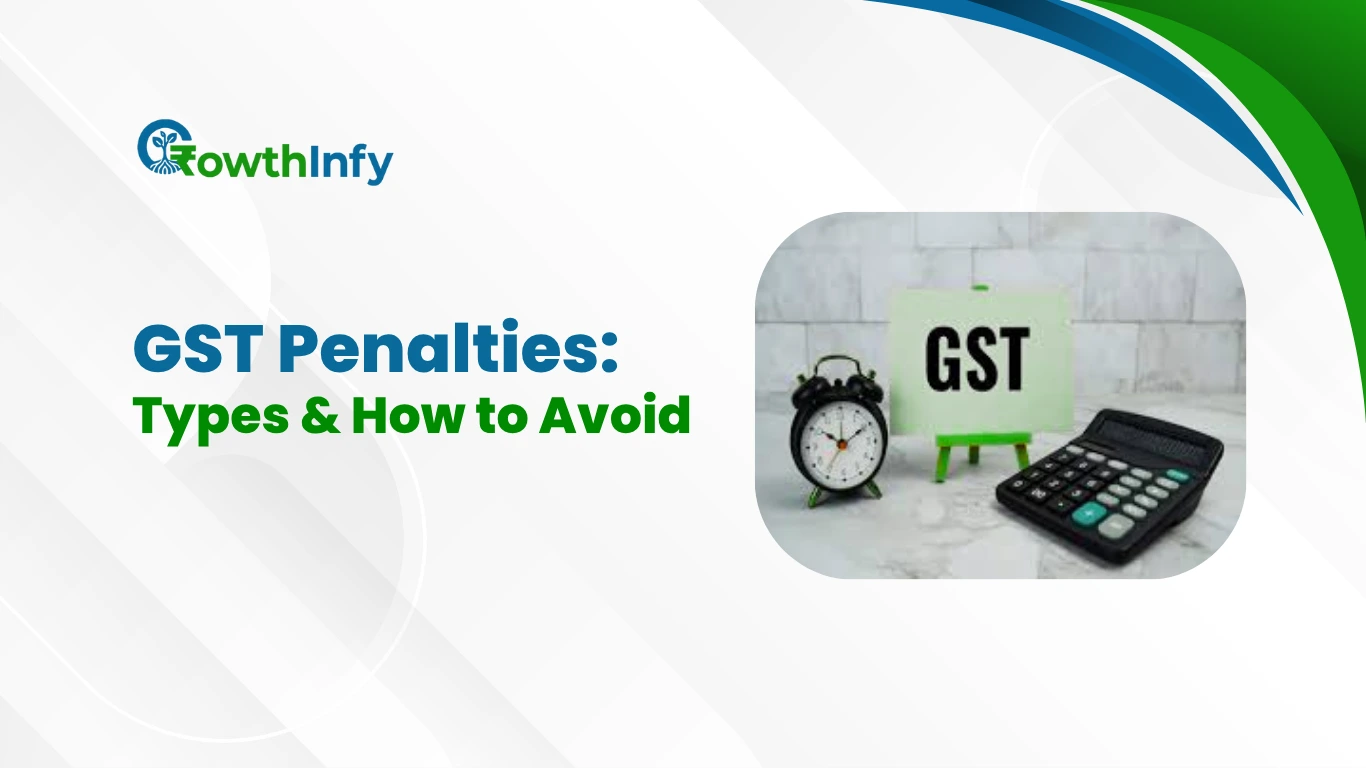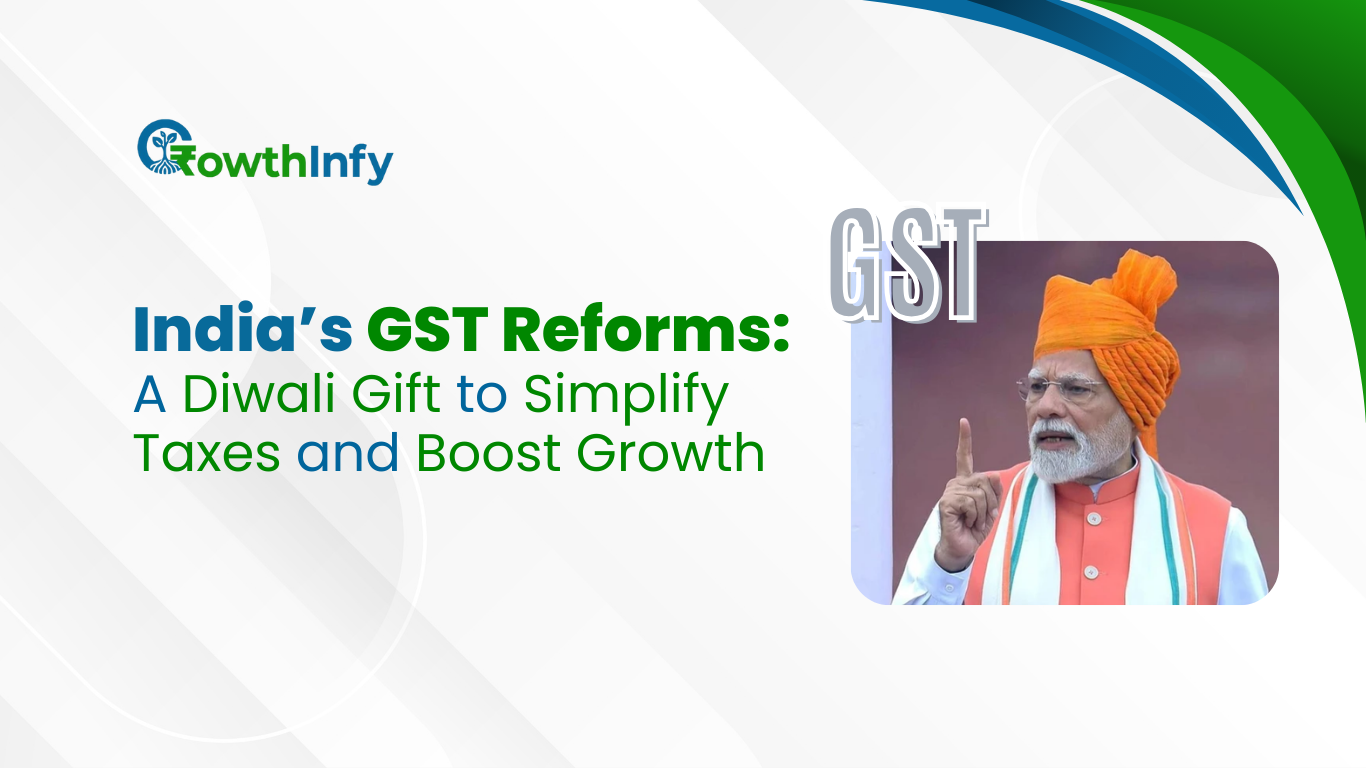GST on UPI Payments: What You Need to Know in 2025
Goods and Services Tax (GST) is an all-encompassing indirect tax paid on supply of goods and services in India and is governed by the GST Council. UPI, launched by the National Payments Corporation of India (NPCI), facilitates instant inter-bank transfers through mobile apps such as PhonePe, Google Pay, and Paytm. Since UPI dominates—covering more than 80% of India’s retail digital payment space with 16.73 billion transactions in December 2024—the question of GST on UPI payments needs to be clear for consumers as well as businesses.
As of April 2025, GST on UPI payments does not directly apply to individual users for personal transactions. Nevertheless, some situations involving merchants, payment aggregators, and businesses invoke GST obligations, which indirectly influence pricing or compliance. Let’s dissect it.
Does GST Apply to UPI Payments?
For small users, UPI payments like peer-to-peer (P2P) payments (for instance, remittance to a friend) or peer-to-merchant (P2M) payment (like settlement of shop via UPI QR code) do not incur GST. It has been explained in 2022 by the Ministry of Finance that UPI facilities are regarded as a “digital public good” and GST on the transaction per se is not charged for use by an individual. What that implies is, if you give ₹500 to purchase groceries using UPI, you won’t be charged another GST on the transaction value beyond the amount which has already been charged as a part of product cost.
Although individual users are not impacted by GST on UPI transactions, merchants suffer from compliance issues:
- Merchants and Businesses:
Though GST on payments done using UPI applies under certain conditions.
Companies that receive UPI payments for goods or services have to account for GST on the sale itself, not on the mode of payment. For instance, a restaurant that charges ₹1,000 (including 5% GST) through UPI pays the GST component to the government irrespective of the mode of payment.
If the annual turnover of a business is more than the GST limit (₹40 lakh for goods or ₹20 lakh for services in most states), it is required to register for GST. UPI transactions form part of this turnover, and high-volume businesses, such as street vendors crossing ₹40 lakh through platforms like PhonePe, have been served GST notices for non-compliance.
- Payment Aggregators:
Payment aggregators (such as Razorpay, BillDesk) enable UPI payments to merchants, typically levying a service charge (0.5% to 2% per transaction). In September 2024, the GST Council debated charging an 18% GST on such charges for transactions less than ₹2,000, but no decision was taken. To date, such charges are GST-free on low-value transactions, although aggregators can potentially recover any future tax from merchants, adding costs.
- Prepaid Payment Instruments (PPIs):
UPI payments through digital wallets (such as Paytm Wallet) might have an interchange fee for the merchant, which may be chargeable of GST if the wallet company is considered a service provider. But customers pay no direct GST on such transactions.
Recent Developments in GST on UPI Payments
The GST Council’s 54th meeting generated buzz around taxing payment aggregator fees, which created confusion regarding GST on UPI transactions. Social media rumors went around an 18% GST on transactions over ₹2,000, but these were proved to be false. The Finance Ministry and NPCI have always clarified that UPI transactions are free for individual users with no GST or Merchant Discount Rate (MDR) charged.
One significant development is the GST authorities’ intensified scrutiny of UPI transactions. For example, in January 2025, news mentioned small traders, such as pani puri vendors, receiving GST notices after their UPI transactions crossed ₹40 lakh in a year. This is indicative of how digital payments trace transactions, drawing informal businesses into the tax net.
Also, from January 2024, taxpayers have been able to remit GST dues through UPI on the GST portal (www.gst.gov.in), making it more convenient. This facility, introduced initially in 10 states, is now being rolled out across the country, marking the government’s digital compliance drive.
Impact of GST on UPI Payments
Although individual users are not impacted by GST on UPI transactions, merchants suffer from compliance issues:
- Higher Expenses: If payment aggregator fees attract GST, merchants would incur greater transaction expenses, particularly for small-value transactions. For instance, a 1% charge on a ₹1,000 transaction (₹10) would increase to ₹11.80 with 18% GST, hurting small enterprises with thin profit margins.
- Compliance Burden: Companies need to keep proper records of UPI transactions to determine GST liability and file returns. Solutions such as cloud-based accounting software (e.g., LEDGERS) assist in simplifying this process.
- Price Adjustments: Merchants may transfer extra costs to consumers, effectively increasing prices for goods or services paid through UPI.
For customers, the price paid under GST is still the main issue, not how payment is made. For example, an ₹500 shopping bill under UPI already comprises payable GST (say, 5% or 18%), and no additional tax is charged for the UPI payment.
How to Stay Compliant with GST on UPI Payments
For merchants and businesses using UPI transactions, the following are tips that work to meet GST regulations:
Track Turnover: Keep tabs on UPI transactions to make sure your turnover does not exceed the GST limit without registration. Utilize transaction logs of payment apps for accurate records.
Register for GST: If your turnover is more than ₹40 lakh (goods) or ₹20 lakh (services) in a year, register early to escape penalties. Services like Growthinfy can help with compliance.
Utilize Technology: Employ accounting software with UPI platforms to make GST calculations and filings automatic, minimizing errors.
Stay Informed: Keep track of GST Council notifications, as policies regarding payment aggregator fees can change, affecting UPI transaction charges.
For individual users, no action is needed, as GST on UPI payments doesn’t apply to personal transactions. However, be mindful of income tax rules—UPI receipts exceeding ₹50,000 annually from non-relatives may be taxable as “income from other sources.”
The Future of GST on UPI Payments
The GST Council keeps a balance between growth in digital payment and tax compliance. While UPI is still a zero-cost platform for consumers, future government policies could decide to take service charges for increase in revenue particularly when the digital transactions are increasing. The government’s Digital India campaign supports UPI, and any change in GST will most likely ensure small businesses will not be affected much.
Speculation regarding GST on UPI transactions over ₹2,000 continues on platforms such as X, yet no serious policy confirms this as of April 2025.




